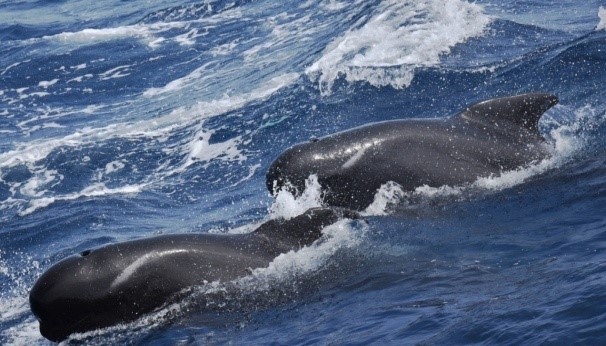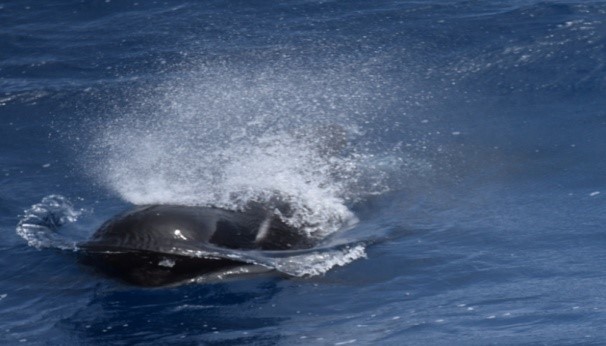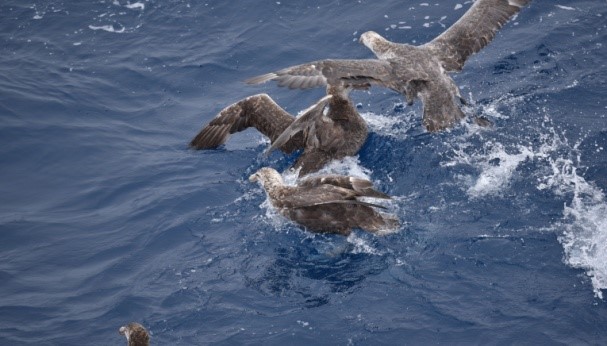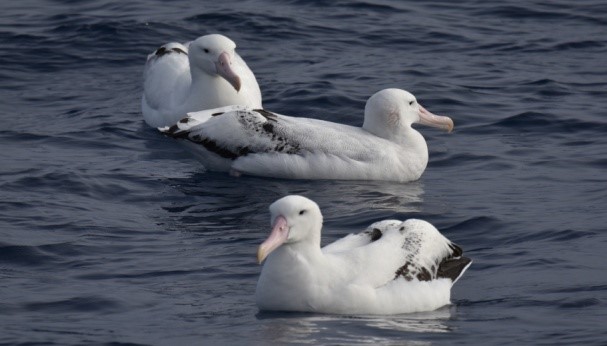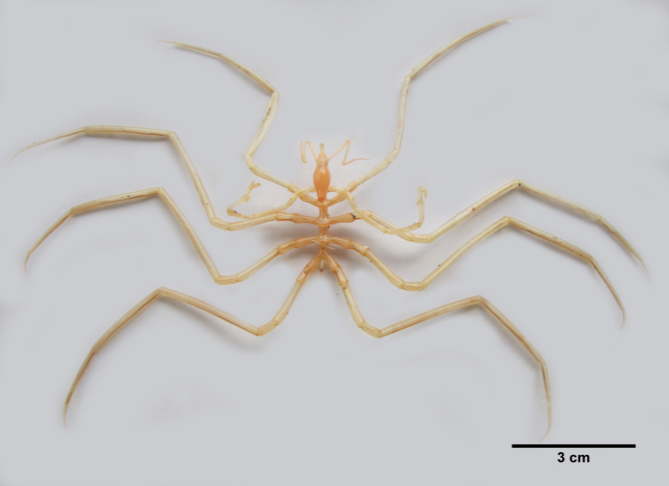
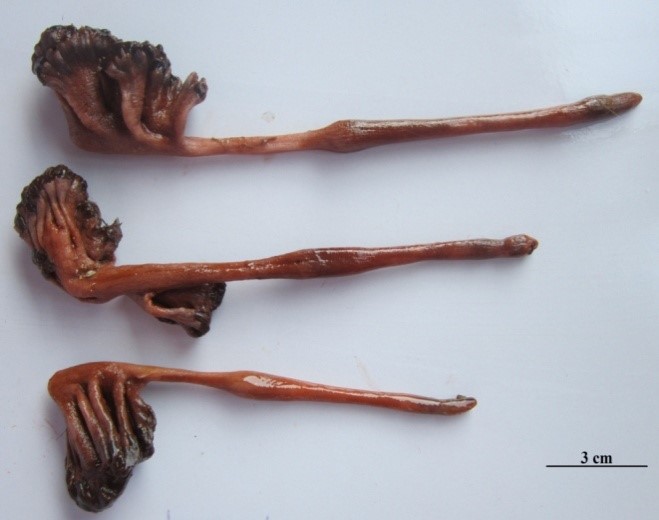
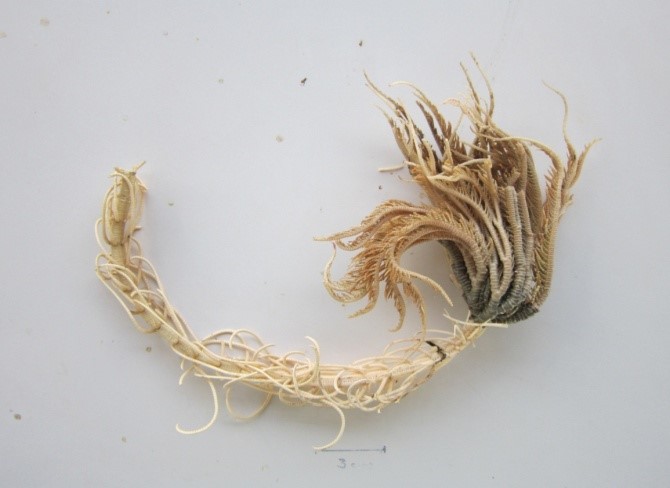
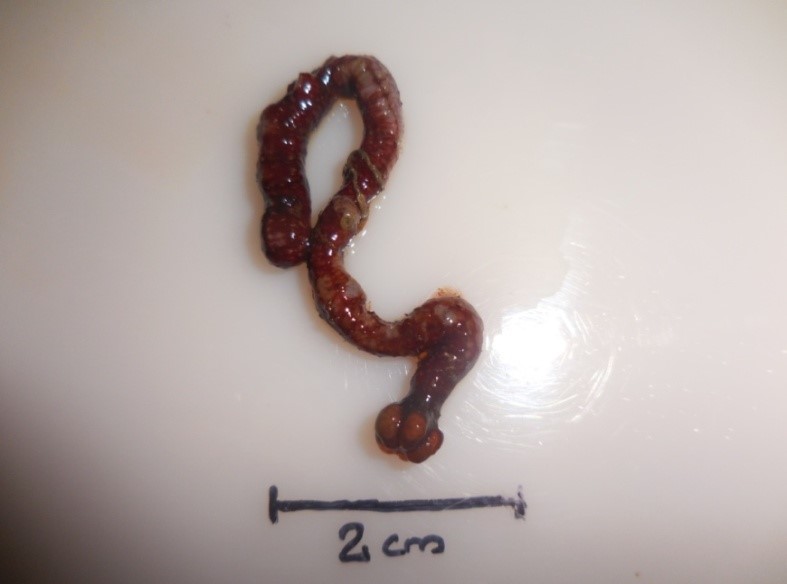
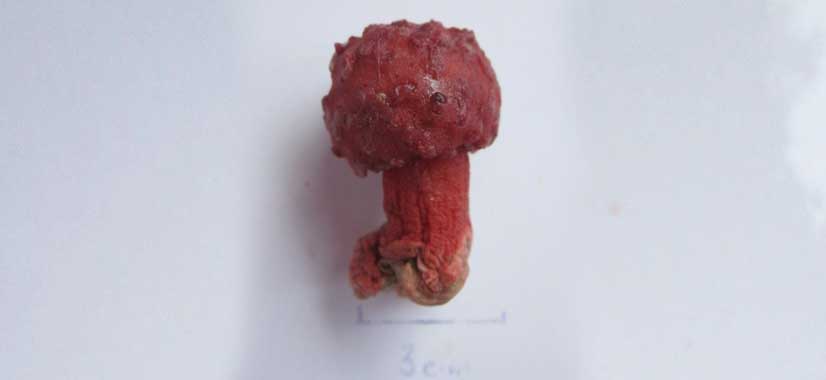
-
Achievements:
- Collection of about 700 deep sea samples belonging to different phyla from Indian EEZ and maintenance of voucher tissue
- Standardisation of different DNA isolation protocols for genomic DNA extraction from different phyla such as Coelentrata, Echinodermata, Polychaeta, Mollusca, Crustacea, etc
- Established ‘DNA BANK’ for all the collected samples
- Molecular identification of the collected samples by DNA barcoding and selected samples were deposited in NCBI and BOLD
- New records of different species of Sea spider (Ascorhynchus lebissimus), Sea pen (Gyrophyllum hirondellei), Stalked crinoid (Saracrinus sp.), Crab (Lyphira perplexa), Gastropod (Lyria suduirauti), Bivalve (Limopsis japonica) was barcoded and sequences deposited in NCBI and BOLD.
- The stranded whales at Tuticorin beach on the 13th January 2016, was bar-coded and identified as Globicephala macrorhycus.
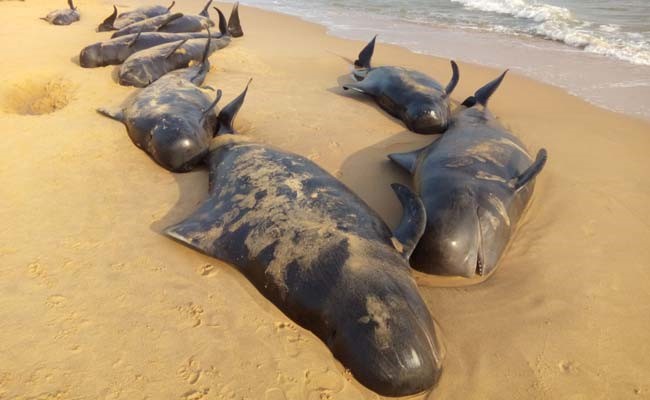
-
Marine biodiversity (IndOBIS, CoML, & Referral Centre):
- 1,10,199 occurrence records of marine organisms reported from Indian Ocean archived and hosted at www.iobis.org
- 1096 voucher specimens of rare deep-sea organisms collected onboard FORV Sagar Sampada maintained at FORV Referral Centre
- All samples are assigned a unique voucher id and a database has been created for the same
- New records of unique deep-sea organisms such as gigantic sea spiders (Ascorhynchus levissimus), enigmatic sea pens (Gyrophyllum hirondellei), echinoderms such as stalked crinoids (Saracrinus angulatus) and holothurians (Protankyra conferta), mushroom soft corals (Anthomastus sp.) etc have been reported/redescribed from the Indian EEZ
The Ocean Biodiversity Information System (OBIS) was initiated in 1999 as the information component of the Census of Marine Life (CoML) for providing "Free and open" access via the world wide web to a wide range of distributed data and data services, including taxonomically and geographically resolved data on marine life; data from museums, fisheries and ecological studies; data from all ocean environments-coastal to deep sea; interactivity with many other databases, including other on-line databases viz. World Register for Marine species (WoRMS), Integrated Taxonomic Information System (ITIS), Catalogue of Life (CoL) etc.; access to physical oceanographic data at regional and global scales. Over the years, the OBIS has become a primary authoritative source of data on the distribution of all marine species of the world and distinguished itself from other data sources by providing online quality control, mapping and analysis tools, including correlating distributions to environmental datasets.
IndOBIS supplies the global scientific community with various types of geo referenced information on the biodiversity of Indian Ocean. CMLRE, as the Nodal agency, integrate and collate information from sources that lie scattered among several agencies, institutions and individuals within the Indian Ocean region. The near shallow waters of coastal belt (from intertidal to 30 m depths) of the Indian EEZ, which cannot be surveyed using FORV Sagar Sampada, is being studied with the active participation of several maritime universities and institutions. Beyond the 30 m depth zone, data will be gathered through FORV Sagar Sampada cruises by CMLRE. IndOBIS thus contains species occurrence data on habitat level as data bases which include inter alia variety of spatial querying tools for visualizing relationship among species and their environment.
Achievements: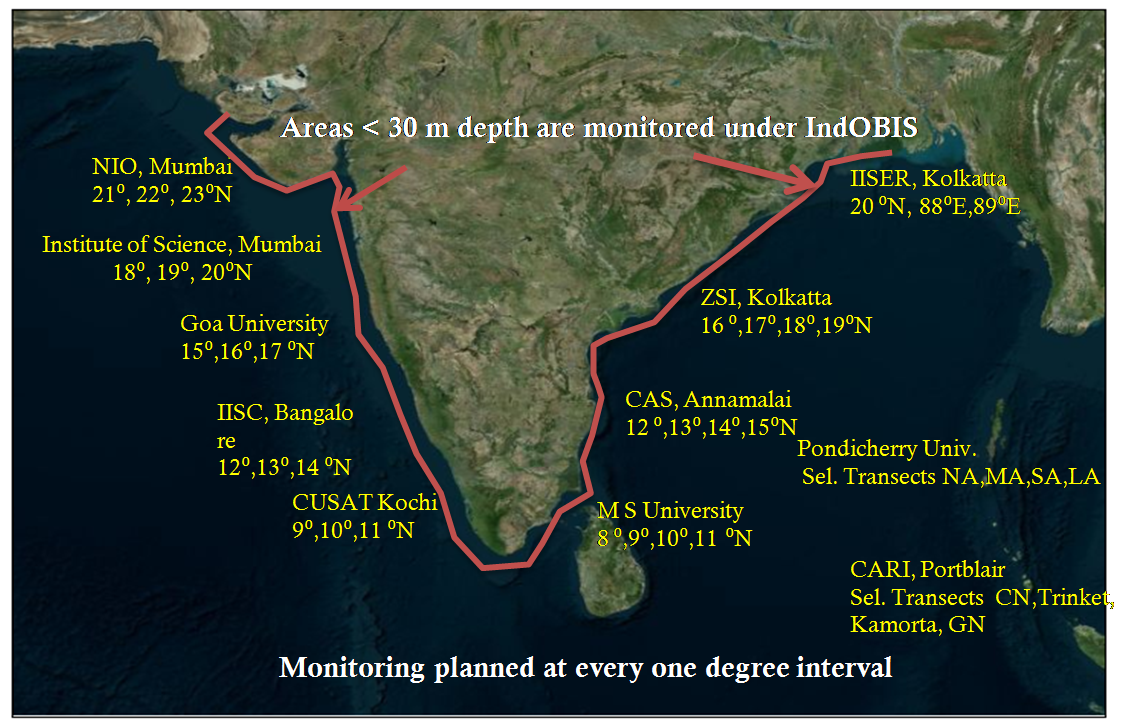
The Southern Ocean accounts for about 10% of the world’s oceans and probably supports >50% of the worlds marine mammal biomass, including six species of pinnipeds, eight species of baleen whales, and at least seven species of odontocete whales. The various currents, gyres, eddies, and fronts of the Southern Ocean waters make highly productive, marine environment and one of the most important feeding grounds for cetaceans the studies on marine mammals of Southern Ocean were initiated after the establishment of International Whaling Commission in Washington, USA in 1946. Its aim was to achieve the maximum sustainable utilization of whale stocks and protect the future of stocks as a resource. Whales and seals are the two groups of marine mammals found in the Southern Ocean where they are an important part of the marine ecosystem.
